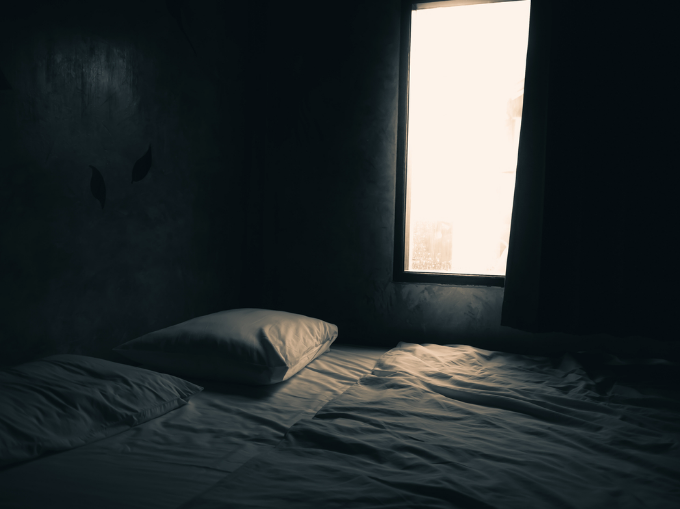
Their applications stay in the processes and drain your system, even when you don’t use them. Resource-Heavy Applications Running in BackgroundĪny MacBook slows down over time thanks to… developers.
#MAC SLOW ON INSOMNIAX FREE#
#MAC SLOW ON INSOMNIAX MAC#
These are the following topics we’ll go over for slow Mac tips: We’re here to help address the top five issues that cause Mac performance to slow down. However, the process of speeding up that slow Mac can be a lot easier with Parallels® Toolbox utilities for Mac and Parallels Toolbox for Windows.
#MAC SLOW ON INSOMNIAX HOW TO#
When you’d prefer your laptop to just sleep, type “hibernateoff”.Trying to figure out why your precious Mac is running slow and want to learn how to make it run faster? Mac troubleshooting can lead you down a rabbit hole of problem-solving that takes hours to diagnose and even days to resolve. Whenever you want your machine to hibernate when you close the lid, just drop to a terminal window and type “hibernateon”. Now you have a handy little command that will let you enable and disable instant hibernation on a whim. Hibernateon and hibernateoff can be any text you want, you just need to remember what you used Now edit and save your /Users/username/.bash_profile file with the following lines:Īlias hibernateon="sudo pmset -a hibernatemode 5"Īlias hibernateoff="sudo pmset -a hibernatemode 0" 7 – Behaves as 3 but applicable only for modern Mac that uses “Secure virtual memory”.5 – Behaves as 1 but applicable only for modern Mac that uses “Secure virtual memory”.As described above, when sleeping, contents are saved to RAM. Everything your laptop goes into sleep, it will save everything to harddisk. It will save everything to RAM upon sleeping but does not support “Safe Sleep”. In Terminal/iTerm/etc run the following command to determine your current sleep mode: It requires a quick bit of work in terminal, but is painfully simple. Personally I like to get every last bit of electricity that I can.Īfter some searching I came across a post that explained how to basically force your MBP into hibernation when the lid is closed. You’re running around but actively using your laptop (conferences, meetings, etc.)īasically you sacrifice the speed of restoring your machine to gain a little bit of battery power or vice versa.You will be opening and closing your lid quite often.Your laptop isn’t running off battery power.You want to conserve every little bit of power you can.Īnd when you would want to stick with sleep:.You toss your laptop in a bag and may or may not use it on a weekend trip but don’t want to worry about charging it.You’re about to head to the airport on an international flight and you want to use your machine during the flight but still leave enough juice to be able to pull up a map/email/info when you get to your destination.(More info on all the technical stuff here)Ī few examples of why you would want to hibernate with your laptop: Also to note is that it appears that the newer Macbook Pros also write information to the harddrive when sleeping so that when the battery drops to dangerous levels it can jump instantly into hibernation. Sleep is great for when you’re actively using your computer, but when you want to stretch out battery life for as long as possible, you want to hibernate.

When the battery reaches a certain low level, the MBP will automatically switch to hibernation mode and basically shut off so you don’t lose any of your work. While it’s sleeping it’s still consuming battery power, albeit a small amount compared to normal usage. Usually when you close the lid of your MBP, it will be put to sleep, and wake up quite quickly when you open the lid again.



 0 kommentar(er)
0 kommentar(er)
